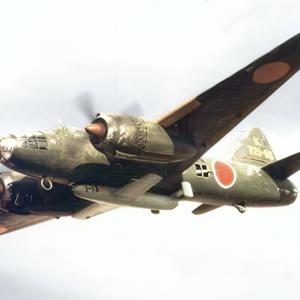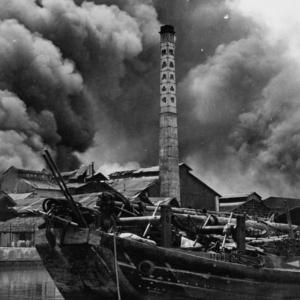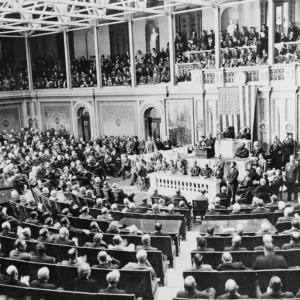
F-84 Thunder Jet
The Republic F-84 Thunderjet was an early American turbojet fighter-bomber developed in the immediate aftermath of World War II. It was designed by Alexander Kartveli, the same engineer behind the P-47 Thunderbolt. The aircraft was manufactured by Republic Aviation in Farmingdale, New York. Intended initially as a day fighter, the F-84 evolved into a versatile fighter-bomber that served prominently during the Korean War and in NATO tactical strike roles during the early Cold War.
The F-84 first flew on February 28, 1946, and entered operational service in 1947. Despite initial setbacks with engine power and structural issues, later variants addressed these problems, making the aircraft reliable and capable. The most produced and widely used model was the F-84G. In total, over 7,500 Thunderjets were built. Although it shared its name and general layout with the later F-84F Thunderstreak, the two aircraft were significantly different; the Thunderstreak had swept wings and a different mission profile.
The F-84G was powered by a single Allison J35-A-29 turbojet engine producing 5,560 pounds of thrust. It had a top speed of around 622 mph at sea level, a range of up to 2,000 miles with drop tanks, and a service ceiling of approximately 43,000 feet. It could climb at a rate of about 4,850 feet per minute. The aircraft measured 38 feet 6 inches in length, had a wingspan of 36 feet 5 inches, and stood 12 feet 7 inches tall.
The aircraft was armed with six .50 caliber M3 Browning machine guns mounted in the nose, and it could carry up to 4,450 pounds of external ordnance. This included bombs, rockets, napalm tanks, and later, tactical nuclear weapons. The F-84G was the first U.S. fighter equipped to deliver nuclear weapons using a Low Altitude Bombing System (LABS), enabling it to perform nuclear strike missions at low altitudes to reduce vulnerability to enemy defenses.
During the Korean War, the F-84 played a major role in ground-attack and close air support missions. It flew over 86,000 combat sorties, striking bridges, supply depots, and enemy troop concentrations. Although it was not well-suited for dogfighting against MiG-15s, it proved highly effective in its bomber role and was used to escort B-29 bombers early in the conflict.
In the Cold War years, the Thunderjet became a backbone of NATO's early tactical air forces. It was deployed to countries such as France, Italy, Belgium, the Netherlands, Turkey, and Greece. Many of these nations operated the F-84 well into the 1960s, with some extending its service into the 1970s. The aircraft provided these allied air forces with both conventional bombing and nuclear strike capability, reinforcing NATO's deterrence strategy.
The Thunderjet had several variants. The F-84B and F-84C were early models with structural weaknesses and less powerful engines. The F-84D and E improved on performance and reliability. The F-84G introduced in-flight refueling, autopilot, and nuclear delivery capability, making it the definitive version. Though largely retired from frontline U.S. service by the mid-1950s, the F-84’s influence extended through its role in training, NATO integration, and Cold War deterrence.










